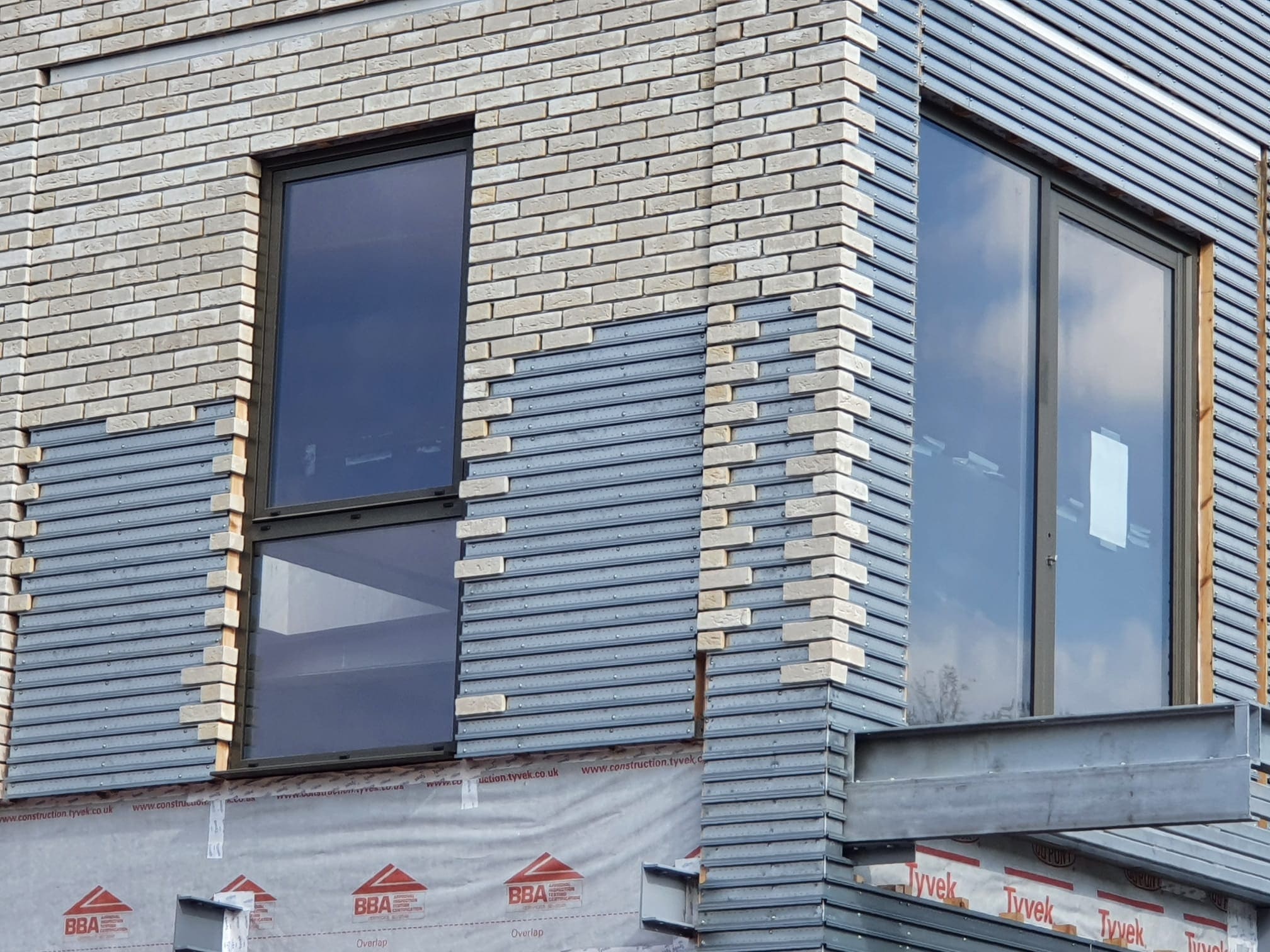23/10/2012
by: Mary-Anne Bowring

Step 1: Establish if You Qualify
Under Section 56 of the 1993 Leasehold Reform Act, leaseholders have the statutory right to extend their lease by 90 years with a reduced ground rent of £1 (or peppercorn). To qualify, you must have owned the lease for at least 2 years. You don't need to live in the property, and it can be owned through a company.
Step 2: Gather the Required Documents
You’ll need:
- Your lease: This helps the valuer calculate ground rent commitments.
- Ground rent demand: To confirm who you're currently paying. If the freeholder is absent, a vesting order can still help extend your lease.
Step 3: Get Advice on a Reasonable Premium
Hiring a qualified valuer can make a significant difference. Ensure the report includes:
- A breakdown of the premium calculation.
- Explanation of the methodology used.
- Comparable market transactions or case law for support.
This helps you understand the premium and informs your negotiation
Step 4: Serve a Notice or Open Informal Discussions?
- Informal route: You can first ask if the freeholder would be open to informal negotiations.
- Notice route: A formal Section 42 Notice secures the freeholder’s reasonable costs for handling the claim, even if you abandon the process later. This notice establishes your claim under your Section 56 rights.
Step 5: Agree on the Premium for the Lease Extension
The premium is typically agreed informally or after serving a claim notice. There are 13 key valuation variables and 3 components of the valuation that need to be agreed. Most claims are settled without involving the Leasehold Valuation Tribunal.
Step 6: Prepare the Supplemental Lease and Deed of Variation & Step 7: Register Your Lease Extension
- This document extends your lease, specifically altering the ground rent and lease term. The freeholder cannot force changes to other lease clauses. If you have a mortgage, your lender’s consent is required for the lease extension.
Once the Supplemental Lease is executed, it must be registered with HM Land Registry. This increases the value of your property and ensures the lease extension is legally recognized. There is a nominal registration fee.
- This document extends your lease, specifically altering the ground rent and lease term. The freeholder cannot force changes to other lease clauses. If you have a mortgage, your lender’s consent is required for the lease extension.
Once the Supplemental Lease is executed, it must be registered with HM Land Registry. This increases the value of your property and ensures the lease extension is legally recognized. There is a nominal registration fee.
 1555
1555Lease Extension, FH and Right to Manage











Keep up to date
(Weekly, fortnightly or monthly)
To find out more what we do with your data, please read our Privacy Policy

 0
0













